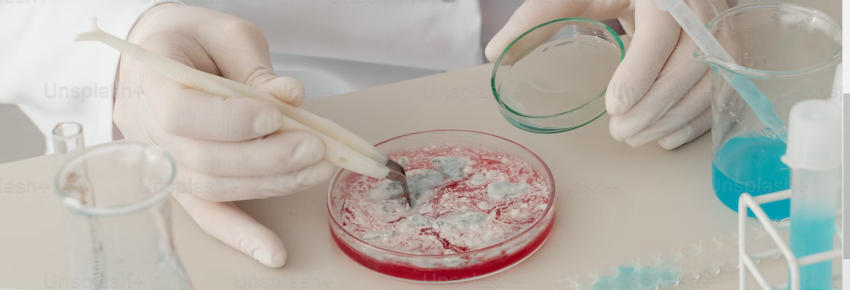

Probiotics and prebiotics are both essential components of a healthy gut ecosystem. They work together to create an environment favorable for the growth of beneficial bacteria. Probiotic foods such as yogurt, kimchi, and kefir play a crucial role in maintaining this delicate balance.
Prebiotics are non-digestible fibers that reach the colon intact, providing sustenance for the beneficial bacteria residing there. These fibers include foods rich in dietary fiber such as soybeans, oats, garlic, and onions. By feeding the probiotics, prebiotics ensure the continued presence and proliferation of these beneficial microorganisms.
Probiotics, on the other hand, are foods or supplements containing live beneficial bacteria. These good bacteria require sustenance to survive and multiply. Prebiotics serve as their primary source of nutrition, allowing probiotics to thrive in the gut environment.
Probiotic foods offer numerous health benefits beyond their nutritional value. They provide living bacteria that can establish residence in the gut, contributing to its overall health and function.
Lactobacillus: This genus includes several species of beneficial bacteria, such as Lactobacillus acidophilus and Lactobacillus rhamnosus. They are known for their ability to enhance immune function and produce vitamins, particularly vitamin K and biotin.
Bifidobacterium: These bacteria are particularly abundant in the infant gut and continue to play a significant role throughout life. They contribute to the development of the gut-associated lymphoid tissue (GALT) and aid in the production of short-chain fatty acids, which serve as energy sources for colonic epithelial cells.
Eubacterium: A member of the Firmicutes phylum, Eubacterium species are known for their ability to break down complex carbohydrates and proteins. They also produce certain B vitamins and contribute to the maintenance of a healthy intestinal barrier.
Akkermansia: This genus, particularly Akkermansia muciniphila, has gained attention for its potential anti-inflammatory properties and its role in regulating metabolic processes. It has been shown to improve insulin sensitivity and reduce body fat percentage in animal studies.
Roseburia: Roseburia species are known for their ability to ferment dietary polysaccharides, producing short-chain fatty acids. These compounds not only serve as energy sources for the host but also contribute to the maintenance of a healthy gut pH and the suppression of harmful pathogens.
The bacteria mentioned above can be found in various probiotic foods. Yogurt, in particular, is renowned for its probiotic content, especially when it contains live lactobacillus acidophilus. Other probiotic-rich foods include kefir, kimchi, kombucha, miso, pickles, sauerkraut, and tempeh.
Prebiotic foods are characterized by their high fiber content and tough, fibrous texture. As they pass through the digestive system, they retain some nutrients, ultimately reaching the large intestine where they provide sustenance for the beneficial bacteria residing there.
Faecalibacterium prausnitzii is a bacterium that significantly benefits from a diet rich in prebiotic foods. This species produces short-chain fatty acids, which contribute to the maintenance of a healthy gut pH and provide energy to the colonic epithelial cells. It also plays a role in the regulation of the immune system and the production of certain cytokines.
Traveling from one region of the world to another can indeed affect the gut microbiome. The diversity of gut bacteria varies across different geographical locations due to differences in diet, lifestyle, and environmental factors. For example, individuals from Western countries tend to have a higher abundance of Firmicutes compared to Bacteroidetes, while people from developing countries often have a more balanced ratio between these two major phyla.
However, despite these regional differences, many beneficial bacteria are shared across cultures. The core gut microbiota appears to be relatively consistent worldwide, with variations mainly occurring in the abundance of specific species rather than their presence or absence.
A healthy gut microbiome is characterized by a diverse range of beneficial bacteria that support various aspects of human health. While lactobacillus, bifidobacterium, and Faecalibacterium prausnitzii are some of the well-known beneficial bacteria, there are other important species to consider as well.
These beneficial bacteria play crucial roles in maintaining a healthy gut ecosystem. They contribute to efficient nutrient absorption, support the development and function of the immune system, regulate inflammation, and even influence brain function and behavior.
Consuming a diverse range of plant-based foods, including fruits, vegetables, whole grains, legumes, nuts, and fermented foods, can help support the growth and activity of these beneficial bacteria. Additionally, incorporating prebiotic-rich foods into the diet provides the necessary sustenance for these beneficial microbes to thrive.
By fostering a healthy gut microbiome, we can potentially prevent or manage various diseases, improve our overall quality of life, and enhance our resilience to stress and illness. Understanding the importance of gut bacteria and making conscious choices in our diet and lifestyle can lead to a healthier, happier life.
A healthy gut microbiome is characterized by a diverse range of beneficial bacteria that support various aspects of human health, including digestion, immunity, and metabolism. Consuming a diverse range of plant-based foods, including fruits, vegetables, whole grains, legumes, nuts, and fermented foods, can help support the growth and activity of these beneficial bacteria and maintain a healthy gut microbiome.
© 2022 - 2025 ifecal.com, All Rights Reserved. Written and curated by Wellness Advisor Eduardo Contee Contact, Privacy Policy and Affiliate Disclosure, XML Sitemap. This website is reader-supported. As an Amazon affiliate, I earn from qualifying purchases.